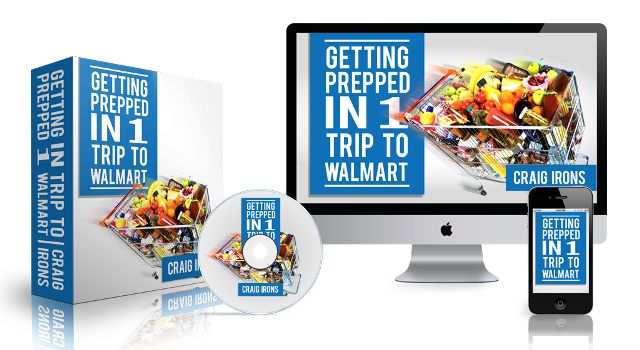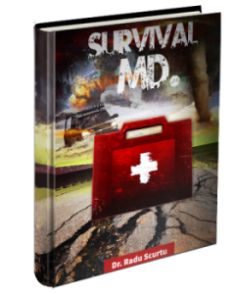In this article, I’d like to tell you about the necessary things you need to have in the forest. You obviously need to have a knife. Nowadays, the selection of knives is very big. Do not chase elegant pieces and cutlasses-monsters. Hunting knife with a wide and not long blade will be useful for everyday needs, a small machete will allow you to procure firewood, cut down a tree, peg. Or, instead, you can buy a small hatchet.
Compass is always required, but it is useless if you do not know how to use it. Be sure to understand how to use this simple tool. If you have the opportunity to purchase a GPS, – better do it. This device greatly expands your abilities to determine your location, as well as allows you to save the coordinates of interesting and memorable places, where you will want to return. But remember that this is an electronic device.
It may break, run out of power, and get wet. In order not to get into trouble with this, it is recommended to still have a minimum of orientation skills in the area using the compass, celestial bodies, and local subjects. By the way, download the guide by Craig Irons and you will learn a lot of new information on how to survive in extreme conditions.
It is a must to take enough (with a reserve) matches must be taken with a reserve, including the windage ones. They should be placed in a waterproof package. If you use a lighter, you should still have a reserve of matches, as the light can break or suddenly run out of gas or gasoline.
If possible, please stock some signal devices – flare-gun with a margin of charges, smoke float. While buying signal devices, pay attention to the expiry date, storage conditions and safety precautions when using them.
It is necessary to have a map of the area where you want to move around. Study the map before hiking- the area of your stay, your routes. Remember the main reference points – towns, villages, roads, bridges. Consider the terrain – the height, rivers, lakes, swamps, individual stones, islands. Refresh the special symbols in your memory.
In some cases, you may need 20 to 30 meters of nylon cord. You can use the parachute line or another cord with the tensile strength of 120-150 kg. It takes a little space and weights very little but can be very useful on the road and at the rest point. Don’t be so lazy not to take it with you. Be sure to create your first aid kit, carefully pack it and periodically recheck the content. The kit should have:
- Dressings – bandages, swabs, Band-Aids;
- Antiseptics / Disinfectants, including the supplies for disinfection of water;
- Pain killers;
- Anti-Diarrheal medication;
- Drugs used for treating colds;
- Medications for the heart;
- Supplements from motion sickness;
- Special drugs recommended by your doctor if you have any medical conditions.
Nowadays, pharmacies have a large variety of drugs. While packing the first aid kit, check with your doctor, health care providers or pharmacy specialists – which means you need to purchase. Your first aid kit should be compact, sealed and always easily accessible (e.g., sleeve pocket). If proceeding with the group everyone should know where each other’s first aid kit is.
Be sure to think about the means of protection from blood-sucking insects. Along the way, your clothes, footwear, and equipment might tear up or break. To repair them, you will need a needle and a thread. If you go away for more than a day, you need to bring soap, toothbrush, and toothpaste, as well as other personal care products which you use.





